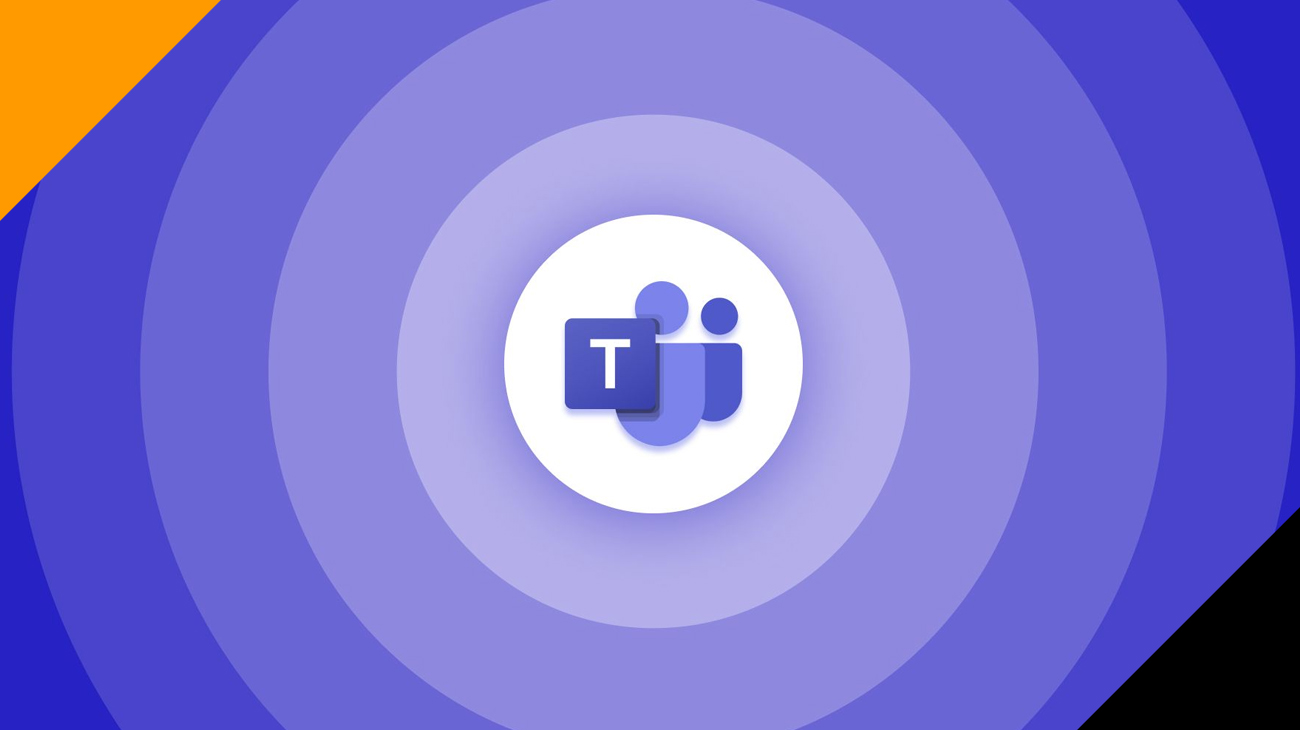VoIP: Switch features and protocols
 Some of the key features of switch VoIP include billing system, class five Softswitch, resellers and agents, user portal, and online payments. Other features include routing, live call monitoring, media gateway, reporting, client management, DID management, web portal with and WebRTC.
Some of the key features of switch VoIP include billing system, class five Softswitch, resellers and agents, user portal, and online payments. Other features include routing, live call monitoring, media gateway, reporting, client management, DID management, web portal with and WebRTC.
VoIP technology today is popular as television is. Organizations in every industry throughout the world are using VoIP in their companies’ operations to enhance communication, reduce costs, and gain access to modified features. Whereas you might have heard of the word VoIP switch before, do you know its meaning, how it works, or its features? This article is here to help you explore more about the VoIP switch.
What is a VoIP switch?
VoIP switch meaning
A VoIP switch is a device that is required to power VoIP together with other network devices. It is a central tool in a telecommunications network that links telephone calls from one telephone line to another, across a telecommunication network or the public Internet, completely using software running on a general-purpose system. It is termed as one of the most critical aspects of VoIP technology.
Purpose-built hardware nonetheless routes most landline calls, soft switches using general-purpose servers, and Voice over Internet Protocol technology is becoming more popular. Today., most telecommunications networks make use of combinations of VoIP switches and more traditional purpose-built hardware.
A VoIP switch is also known as VoIP Softswitch for the VoIP server. It is a scalable SIP platform full of IP PBX call features such as o, callback services to wholesale VoIP termination, calling cards, and hosted call centers. It has capabilities such as voicemail, messaging, call waiting, three-way calling, messaging waiting indicator, and supports network protection against a multitude of cyberattacks. The main difference between IP PBX is its massive number of users.
How does VoIP switch work?
The VoIP switch has a database of subscribers and phone numbers. In case it does not have the information it requires, it hands off the request downstream to other soft switches until it locates one that can answer the request. After it locates the subscriber, it locates the current IP address of the appliance linked with that user in a similar series of requests.
It sends back all the critical information to the softphone or IP phone, enabling the exchange of data between the two endpoints. VoIP switches act as a complete and comprehensive network management solution for VoIP carriers, thus enabling service providers to build reliable VoIP networks easily.
The central call processor is a segment of hardware that runs the VoIP switch and depends upon a variety of protocols for all of the appliances in the network to work seamlessly. Whereas at this period there are many protocols being used, H.323 is most popular. Initially established by the International Telecommunication Union (ITU), it was built with the specific needs of video conferencing since it needs real-time, highly intensive data to work well.
Other protocols include SIP, Session Initiation Protocol, which is much more streamlined and was established to manage VoIP software demands. The piece added one of the challenges facing the global use of VoIP is that these protocols are not always compatible. VoIP calls going between several; networks may operate into a snag in case they hit conflicting protocols. Because VoIP is a comparatively new technology, this compatibility problem will keep on being an issue until a governing body comes up with a standard universal protocol for VoIP.
Whereas VoIP switches have come along way since their inception, there is still room for growth.
What features does VoIP switch use?
VoIP switch capabilities
Below are some of the key elements of VoIP switches.
Routing
- Multiple routing plans
- Traffic failover with many waterfall levels
- Load balancing or sharing for termination endpoints
- Least cost routing
Billing
- Mobile top-up support
- Multi Currency support
- Real-time multi-layer charging
- Subscriptions and packages
- Support postpaid and prepaid services
Live call monitoring
- Graphical subscriber interface which portrays real-time information
- Detailed SIP logs
- Active call list details
- Absolute calls monitoring (pending, connected, and failed)
Media Gateway (VoIP Box)
- Call recording
- Interactive Voice Response (IVR) system with XML based flow scenarios
- Call transcoding
- Multi-language support
- Customizable IVR scenarios
Reporting
- Subscribers reports with full CDR
- Traffic reports for SMS and calls
- Sales reports for payments, revenue with full CDR
- Charts reports for concurrent call duration, calls, and ASR.
Client management
- Customer wise separation IVR, language management and currency management
- Three levels resellers plus one level of commission-based agents
- Three types of customers (Wholesale, Retail and IP PBX)
DID management
- Supports multiple currencies
- DID extensions
- Personal DID management with online DID purchase
- Integration with APIs of more than twenty DID providers
- Advanced and customizable Interactive Voice Response (IVR) scenarios
Web Portal with WebRTC
- Video calling
- Group chats
- Self-care portal for retail and business customers
- Present and IM
- Click to call with HD audio, video, file sharing, and chat
Online payments
- Vouchers through web, IVR, mobile application
- Integration with more than fifty credit card payment providers
- Mobile payments with Apple in App, Paypal and Google
What protocol does VoIP use?
VoIP protocol listing
VoIP, IP telephony, needs several specialized protocols top to deliver voice communications between all parties on a call. However, since VoIP provides those communications over a network or Internet, it also depends indirectly on network protocols to facilitate operations. Below is a list of VoIP protocols.
COPS, Common Open Policy Service Protocol
This is a proposed standard protocol for distributing network policy information from a policy decision point, like a network switch, to policy enforcement points. COPS is deployed to assign priorities for video, voice, and other high bandwidth traffic as part of Quality of Service(QoS) for Voice over IP connections.
Communications over IP (CoIP)
This is a set of standards that define the transfer of video, voice, and textual, and any other kind of digital communication over the Internet. CoIP is considered an expansion of VoIP. VoIP can also mean Conferencing over IP.
DS or Differserv, Differentiated Services
This is a method for offering different levels of service to network traffic based on Class of Service or QoS configuration.
For example, Voice traffic needs a specific amount of bandwidth, low delay, and less jitter, so it would receive precedence over other kinds of traffic in case DiffServ is implemented. DiffServ controls bandwidth allocation for IP telephony connections together with internet media connections.
Distributed Universal Number Discovery
This is a peer-to-peer system for translating phone numbers and internal extensions to Voice over IP addresses. Each Distributed Universal Number Discovery(DUNDI) client has to know at least one other DUNDI client, and one of the peers must be aware of how to reach the desired number or extension. DUNDI offers directory services that might be accessed by Voice over IP protocols like H.323 or Session Initiation Protocol (SIP) to aid route calls from their initiators to their proper recipients.
XMPP, Extensible Messaging and Presence Protocol
This is a protocol that is based on Extensible Markup Language that is used for exchanging near-real-time communications like instant messages and other request-response services, and for censoring online presence.
Since XMPP evolved, it added an extension for media session services known as jible, which offers VoIP calling on top of XMPP.
H.248 Protocol
This protocol is also known as Media Gateway Control Protocol or Megaco. It is used to manage both session management and signaling for multimedia conferencing. H.248 allows a media gateway to control communications between circuit-switched networks and packet-switched networks, and might also be deployed to configure, terminate calls among various endpoints. Initially defined in RFC 2705, MGCP is a protocol that allows ports on a media gateway top to be managed by a call agent, if the media gateway controller. H.248 enables the controller to determine the location and media managing capabilities for all endpoints in a conference to choose a level of service that operates for all participants.









